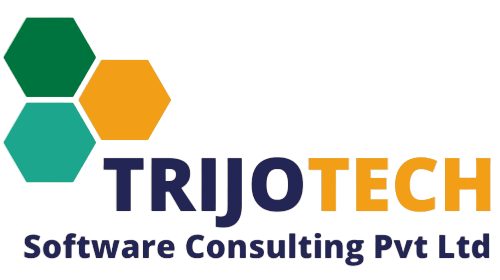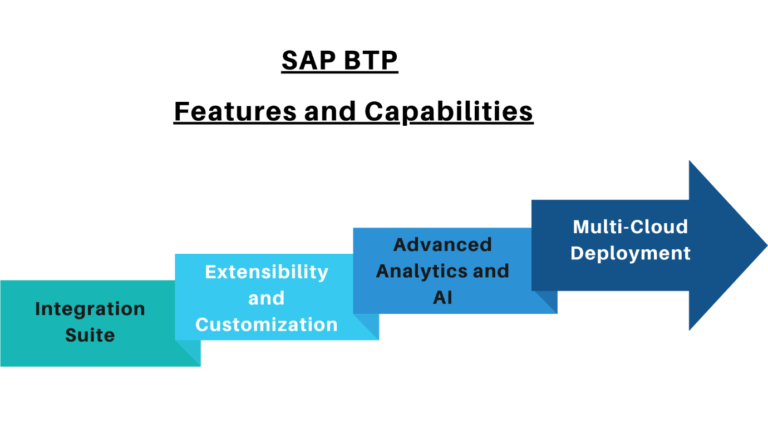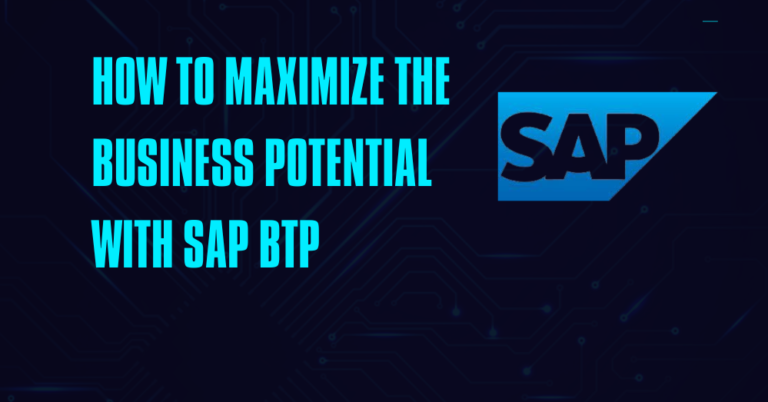Introduction:
In the context of SAP Analytics Cloud healthcare, due to increasing expenditure on health resources, access, services, and demographic changes, healthcare systems worldwide are under stress. Companies should be leveraging all available data and analytics capabilities to promote flexibility and adaptability, especially in this “new normal” where COVID-19 has severely disrupted demand for PPE, drugs, and medical equipment. The primary goal for every hospital and clinical department is to achieve high-quality medical results and access real-time information regarding quality indicators, utilization, performance data, as well as personal data, presented in a clear, easy-to-monitor, and easy-to-interpret manner.

These significant, quick variations in demand can be accommodated through reporting and analytics performed via SAP Analytics Cloud. In general, life sciences businesses should spend money on tools like SAP Analytics Cloud to have access to a platform for business analytics, remote collaboration, and forecasting, especially those in the pharmaceutical and medical device industries.
How SAP Analytics Cloud works in the Healthcare Department:
SAP SAC Analytics dashboard provides an overview into different units within a hospital including Finance, Patient Care, operations like salary & expenses, admissions, discharges, total beds, and other staff to help healthcare leaders plan for the future.

Finance Forecasting: –
Healthcare departments can plan for the future and recognize potential financial risks with the help of SAC’s predictive analytics, which can be used to forecast future revenue and expenses. SAC’s is the platform to identify trends and patterns in historical financial data by using predictive modeling approaches. In order to evaluate the effects of numerous factors, including changes in patient volumes, payment rates, and staffing levels, SAC also develops several scenarios. This can assist healthcare departments in understanding the potential financial risks connected to certain scenarios and making the necessary plans. SAC could employ real-time data from a variety of sources, such as patient admission records and various claim information, to provide current insights on financial performance. As a result, the healthcare environment would shift, which might assist healthcare agencies in revising their estimates.
Patient care analysis: –
SAC Analytics may assist healthcare departments in monitoring patient results, identifying patterns, trends of health condition, and making data-driven patient care decisions. It can also consolidate data from electronic health records to provide actual insights into patient outcomes. Which may assist healthcare departments in tracking patient progress, identifying areas for improvement, and changing treatment plans as needed. As a result, healthcare departments can improve personnel levels and reduce expenses by examining patient data and finding areas of high utilization.
Supply chain analysis: –
SAP Analytics can be applied to inventory management, supply chain management, and procurement process improvement. By employing it, the user has complete visibility into the supply chain’s activity. This can help healthcare organizations cut down on waste, boost productivity, and guarantee that crucial supplies are always available. Healthcare departments can monitor and evaluate their supply chain and procurement operations’ key performance indicators (KPIs) with the help of SAC Analytics. By tracking KPIs like inventory turnover, order fulfillment time, and supplier performance, healthcare departments are able to identify areas for improvement and make data-based decisions rather of ones based solely on intuition. This allows them to maximize their operational efficiency.
Operational analysis: –
SAC Analytics provides users with complete access to
Important data such as patient wait times, personnel levels, and resource utilization. By monitoring these indicators, healthcare departments can discover inefficiencies and obstacles in their operations and take action to address them. For example, it can assist healthcare departments in optimizing personnel numbers and scheduling to ensure that the right staff is in place at the right time. Healthcare departments can make informed choices about scheduling and staffing levels, ensuring that they have the resources to satisfy patient requests, through analyzing data on patient volumes and demand trends.
Regulatory compliance analysis: –
Users using SAP Analytics have complete access to crucial information like resource usage and patient wait times. Healthcare departments can detect inefficiencies and operational bottlenecks and take corrective action by tracking these data points. For instance, it can assist healthcare departments in optimizing personnel counts and scheduling to make ensuring the proper individuals are present at the appropriate time. By examining data on patient numbers and demand patterns, healthcare departments can make data-based choices on staffing levels and scheduling, ensuring they have the resources to satisfy patient requests.
More precisely, by employing SAP Analytics health department may verify compliance with regulatory standards, and can identify issues or gaps in their compliance processes and also take appropriate action.
Conclusion: –
SAP Analytics can provide healthcare businesses with an extensive collection of tools for data analysis and visualization. Healthcare firms may get important insights into their operations, enhance resource use, improve patient care, and maintain regulatory compliance through the use of SAP Analytics.
SAP Analytics is a valuable tool for healthcare organizations that want to make data-driven choices, enhance patient outcomes, and cut costs. Healthcare firms can gain a competitive advantage and deliver better care to their patients by utilizing the power of SAP Analytics.
To read more of our blogs surely click here.
check out other video blogs
Disclaimer: All the opinions are solely for information purposes and the author doesn’t recommend or reject any tools. It should be done after your own due diligence.










